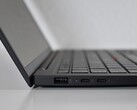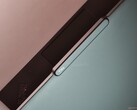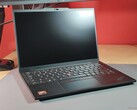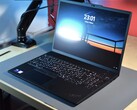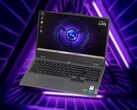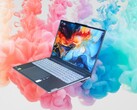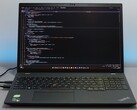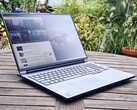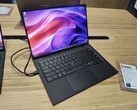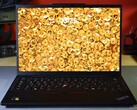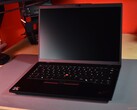Screens with a high refresh rate are great. Gaming looks much smoother, same goes for scrolling through the web. Recent premium phones have had high refresh rate panels for a while now, and premium laptops are also adopting such displays. One example is the Lenovo ThinkPad P1 Gen 7, which we recently thoroughly reviewed. The WQXGA (2,560 x 1,600) LCD of the ThinkPad supports a refresh rate of 165 Hz.
However, there is a problem: A faster screen consumes more energy. The result is a lower battery life. We have tested it: With the screen set to 165 Hz, the ThinkPad P1 Gen 7 (available at Amazon.com for $1,899) lasts seven hours and 30 minutes in the Wi-Fi battery test (maximum screen brightness). Changing the refresh rate to 60 Hz, the ThinkPad P1 G7 lasts longer. In the 60 Hz mode, the Lenovo laptop runs for nine hours.
| Battery Runtime - WiFi Websurfing max. Brightness | |
| Lenovo ThinkPad P1 Gen 7 21KV001SGE (Edge 129 (60 Hz)) | |
| Lenovo ThinkPad P1 Gen 7 21KV001SGE (Edge 129) | |
The influence of the screen refresh rate on the battery life could be much smaller, since Windows offers a feature called Dynamic Refresh Rate - if this setting is enabled, the screen automatically switches between 60 Hz and 165 Hz, saving energy. Unfortunately, the Lenovo ThinkPad P1 Gen 7 does not support this setting. Why Lenovo did not implement this is hard to understand for us. It would be a low-hanging fruit, an easy way to improve battery life. Thus, users have to choose: A smoother user experience or a shorter battery life, there is no in between.





